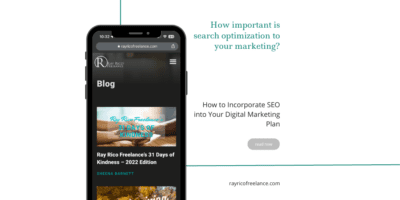Pull quotes Dos and Don’ts
One of the page elements that brings visual power to the page is the pull-quote. Pull-quote is a display element which is used to attract the reader and to break up long blocks of text. The effect of pull-quotes depend on their attractiveness, both visual and textual.
Regarding the text, pull-quotes have to be interesting, they have to provide some rich, important thoughts. They can be pulled directly out of the body text or they can be summarized, and it is the role of copy editor to find or write something interesting that will attract the reader.
If the pull-quote is copied from the main text move the pull-quote further from the place where the original text is residing.
As a visual element they have to be instantly recognizable and different from the rest of the text on the page. The size, color and texture of the pull-quotes has to be different from the surrounding text. Depending on the style and look of your publication, pull-quotes can have a calm, traditional design or you can create some extravagant looking pull-quotes.
Size and length of pull-quotes
 There is no rule how long or big pull-quotes have to be. It all depends on the other elements on the page. When creating pull-quotes they should have at least several words. Few words are not enough, but more than two sentences are too long. Pull-quote can be in one line across the whole page or even a spread or it can be arranged in several short lines. It all depends on the nature of the story and the layout that you plan to create.
There is no rule how long or big pull-quotes have to be. It all depends on the other elements on the page. When creating pull-quotes they should have at least several words. Few words are not enough, but more than two sentences are too long. Pull-quote can be in one line across the whole page or even a spread or it can be arranged in several short lines. It all depends on the nature of the story and the layout that you plan to create.
The design of the pull-quotes
There are infinite possibilities how can you design your pull-quotes. Let your imagination play but don’t go overboard.
You can separate your pull-quotes with quote marks (often exaggerated in size), you can use horizontal or vertical rules, you can put them in a box with background color but whatever you do make a contrast from the rest of the text so that the pull-quotes are instantly recognizable as such. The options are endless.
The size of the font is not as important but it should be at least several points bigger than the body copy, depending on the size and the look of the font you are using. The best way is to use your judgement by the eye. If it looks too big, make it smaller and vice versa.
When placing pull-quotes inside the body copy make some room around it. Give it some space to breathe, because this will emphasize the pull-quotes even more.
Placement of pull-quotes
Most usual placement of pull-quotes are inside the body copy. This is good because you will break large chunks of body copy so it can be easily digested by the reader.
If you have body copy laid out in three columns, pull-quotes can span across two columns.

If you leave one column on the outside of the page empty, you can place pull quotes there. This will create a very elegant layout. You can even cut the quotes into the columns a bit. This will create a dynamic layout and will break the vertical lines that can sometimes create a monotone layout.


You can place pull-quotes at the top or at the bottom of the page, but this will not break up the body copy. To break the body copy instead of pull-quotes use some subheads and drop caps to spice up a page a bit.
What to avoid while placing pull-quotes
If you place pull-quote between two columns don’t make it too wide because this can result in too narrow space on the outsides of the columns which can affect readability. Make them thinner, or even better, make them really thin and tall. Of course do not make them too thin so that the words break up too often.


Be a journalist
Although it is the role of the copy editor to choose or write pull-quotes sometimes you can do it by yourself. For this you must have some experience in magazine publishing and you must have an understanding what will attract the reader!
Someone said that the designers are visual journalists. Well, now you can be a real one. If you are on a tight time frame or your editor is not nearby, you can take some interesting (but it really has to be interesting) piece of text and use it as a pull-quote. It is not quantum physics, just take some appealing and attractive sentence from the body copy. Presumably the copy editor did not already chose some instead.
When you have placed the text in the spot intended for the pull-quote, read it. If it does not read clearly, improve it visually.

If you read these two quotes you will see the difference. The left one does not have the right flow, the right one has. Always inspect (read) pull-quotes and see if the flow of the words is right. You can see how the words “copy editor” and “pull-quotes” are separated in each row while they should be together. Also the last line contains only one word, which is also not good. The right example has a natural flow and it is easier to read.
Sometimes you won’t be able to do it right because awkward ragged lines may appear and you will need a help of the copy editor to adjust the text or rewrite it, but in most cases you will manage to correct the text flow.

